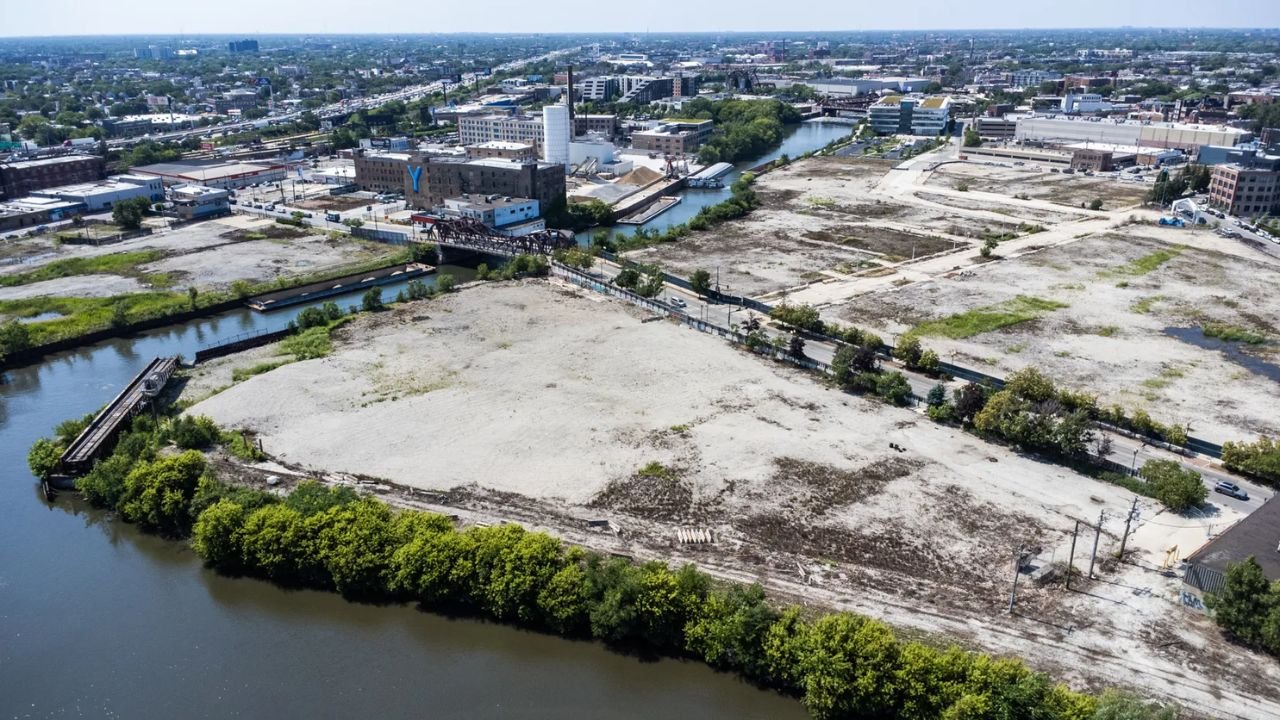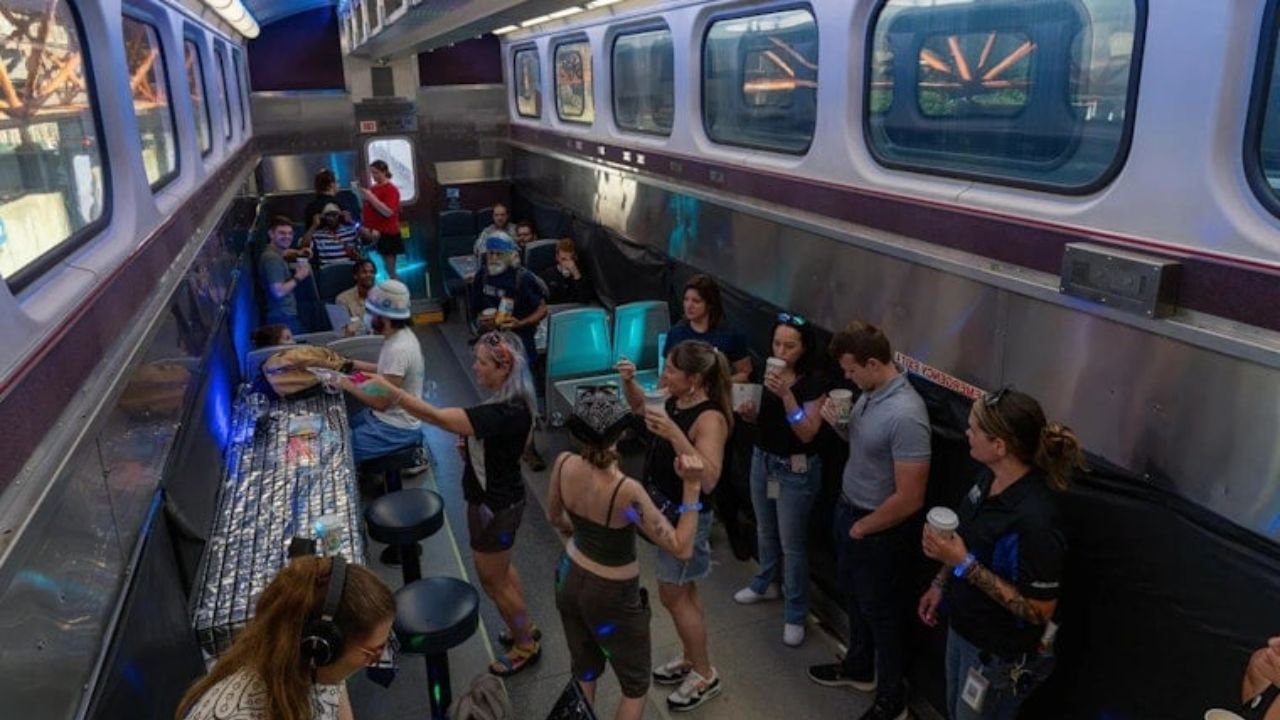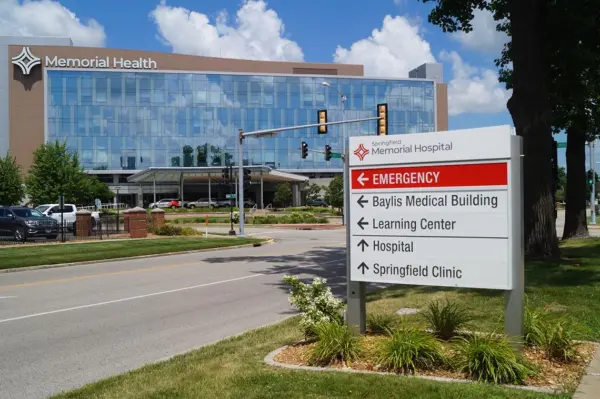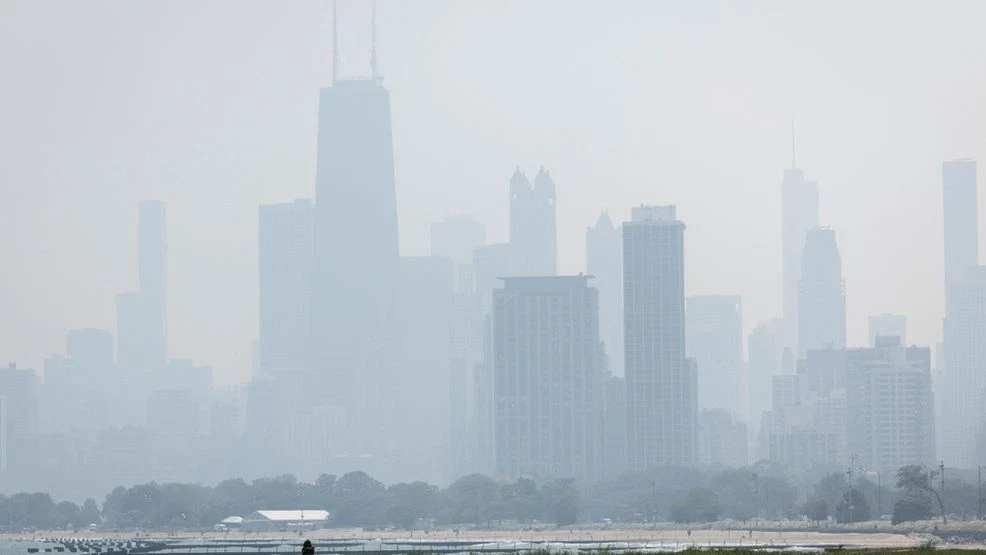CHICAGO — The long-stalled Lincoln Yards development — once billed as a $6 billion transformation of Chicago’s North Side — is now facing a dramatic reset as developer Sterling Bay cedes control of the site to JDL Development, amid mounting financial pressure and years of unmet promises.
The 53-acre site between Lincoln Park and Bucktown, formerly home to Finkl Steel, was supposed to be Chicago’s next mega-project — “Loop 2.0” with high-rises, riverfront parks, retail space, and housing. But today, it remains mostly vacant and overgrown, with the city and neighbors growing increasingly frustrated over its dormant state.
Sterling Bay Bows Out After Years of Struggles
Sterling Bay’s ambitious plans, which included up to 14 million square feet of construction — half residential, half office and retail — were backed by the billionaire Crown family and bolstered by a $1.3 billion public subsidy agreement using tax-increment financing (TIF). However, economic headwinds including inflation, rising interest rates, and a post-pandemic office market crash crippled the project’s feasibility.
“They painted themselves into a corner,” said Ald. Scott Waguespack (32nd), whose ward now includes the Lincoln Yards site. “Too big to fail … too aggressive to succeed.”
As financial troubles mounted, Bank OZK foreclosed on part of the land, seizing it from Sterling Bay. Sources say JDL Development, led by CEO Jim Letchinger, is now in talks to purchase the property and reimagine it with a new vision — one that could scrap the glassy skyscrapers for mid-rises, residential housing, and light commercial uses.

City Officials, Neighbors Want a “Hard Reset”
Chicago’s planning commissioner Ciere Boatright previously called for a “hard reset” of the Lincoln Yards vision, citing outdated assumptions about office demand in the wake of the COVID-19 pandemic.
“Sterling Bay was chasing something that no longer fits the market,” said one source close to JDL. “The city is incredibly motivated to move this forward.”
JDL’s plan is expected to abandon the glitzy towers and instead focus on residential developments, retail amenities, and public infrastructure — potentially a more realistic path given the site’s limited CTA connectivity and rising costs.
Jonathan Snyder of North Branch Works, which once supported the Sterling Bay plan, now says Lincoln Yards needs “a new vision”, possibly anchored by light manufacturing or a company that could diversify the job base in the area.
A History of Delays, Lawsuits, and Missteps
Lincoln Yards has been plagued by community backlash, legal battles over subsidies, and changes in city leadership. In 2019, then-Mayor Rahm Emanuel pushed the plan through with support from Ald. Brian Hopkins (2nd), but successor Mayor Lori Lightfoot later clashed with Sterling Bay, accusing them of political maneuvering and refusing to tweak TIF terms that could have freed up upfront financing.
Only one building has been completed — a life sciences center at 1229 W. Concord Place — and it currently sits empty.
Sterling Bay claims it has completed about $20 million in river-wall work, which it hopes to recoup through TIF reimbursements. But no repayments have yet been made, and public confidence in the development has eroded.
JDL to Lead New Chapter for Lincoln Yards

Now entering the picture, JDL Development is poised to take the reins, reportedly with backing from Kayne Anderson Real Estate. Their version of Lincoln Yards will likely feature more green space, less density, and stronger community integration.
“I bet there’ll be a really large residential component,” said developer Scott Goodman. “It won’t be high-rises. It’ll look a lot like Lake View in 10 years.”
The change in leadership could also reset negotiations with city officials over infrastructure improvements, zoning adjustments, and perhaps even new public transportation options that would make the area more accessible.

From Lofty Vision to Realistic Recovery
The Lincoln Yards saga reflects how megaprojects in Chicago — even those with political momentum and billion-dollar support — can stall in the face of market shifts, policy rifts, and community opposition.

Whether JDL can succeed where Sterling Bay faltered remains to be seen. But one thing is clear: the city can no longer afford to leave 53 acres of prime North Side real estate sitting idle.
What do you think Lincoln Yards should become? A park-filled residential community, a jobs center, or something else entirely? Let us know in the comments at ChicagoSuburbanFamily.com.














